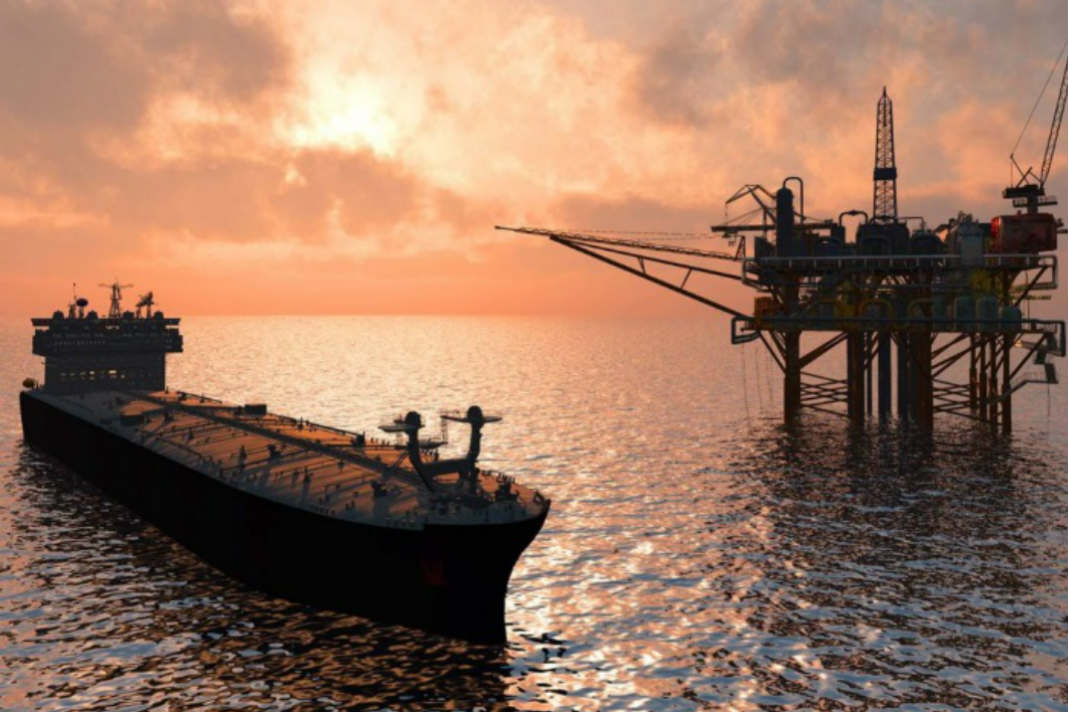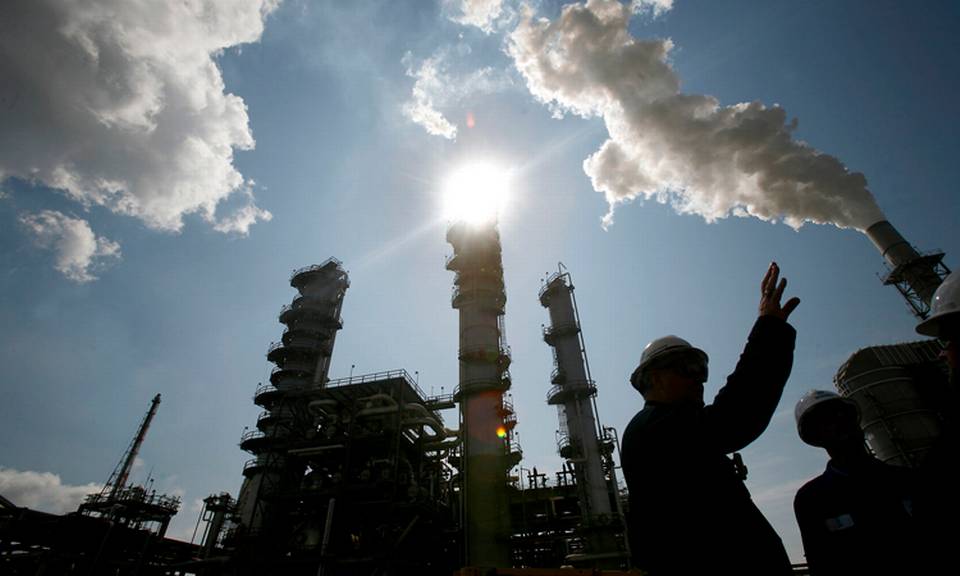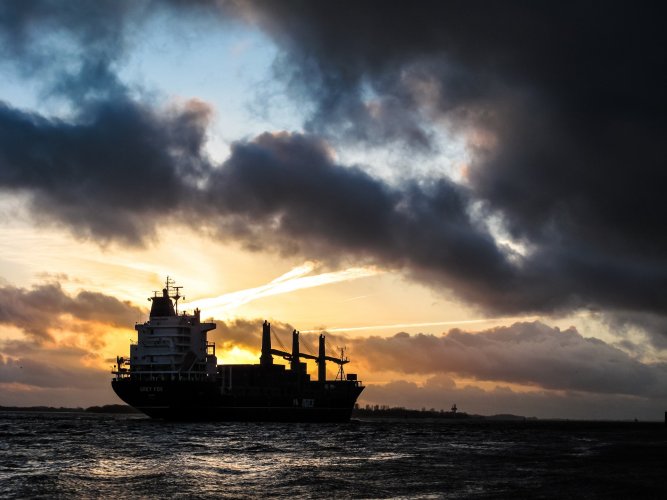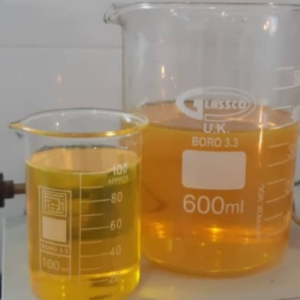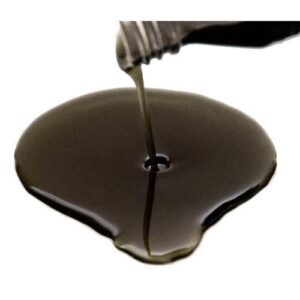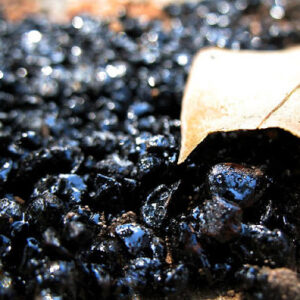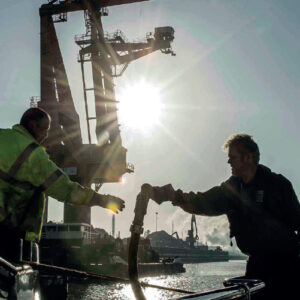Description
The term “Bunkers” refers to either the fuel oil used by ocean going ships or the tanks they are stored in. It is derived from an historic reference to coal bunkers used in the days of steam and sail. The great majority of the bunker fuels used by the world’s merchant fleet are residual fuel oil. This is also true for the vast majority of large diesel engines operated on land. By definition, residual fuel oils are the products remaining from the refinery processes after all the distillate or lighter fractions have been removed.
Bunker fuel is delivered by pipeline, boat or barge. One common theme is that the world of commercial marine fuel supply is totally separate from the world of recreational marine fuels. Shipping has a higher volume and low-cost incentive to arrange deals with refiners to produce tailored marine fuels that are most cost effective for their engines. They use fuels that involve less refining (leaving the sulphur in the fuel), and therefore lower cost than other fuels.
For ocean going ships and to a large extent, land based users also, the type of fuel depends on three things:
- Engine design and fuel system used
- Cost of the fuel
- Availability in the bunker port
- Sulphur content (where restricted for operation in Emissions Control areas)
Bunker Fuel Terminology
There are two basic types of marine fuels – distillate and residual. A third type is a mixture of these two, commonly called “intermediate”. Distillate fuel is composed of petroleum fractions of crude oil that are separated in a refinery by a boiling or “distillation” process. Residual fuel or “residuum” is the fraction that did not boil, sometimes referred to as “tar” or “petroleum pitch”. Fuel for marine use in engines and boilers has the following types and grades:
Fuel Type & Fuel Grades Common Industry Name
- Distillate DMX, DMA, DMB, DMZ Gas Oil or Marine Gas Oil
- Intermediate IFO 180,IFO 380, Marine Diesel Fuel or Fuel Oil
- Residual RMA-RML Fuel Oil or Residual Fuel Oil
Bunker Fuel Oil Specifications (ISO 8217)
The grades are summarised in ISO 8217 (2010) and the usage generally restricted within the requirements of IMO Marpol Annex VI, Regulation 14.
Marine Distillate Fuels
| Test | Unit | Test method | Limits | Grade | |||||
| ASTM | IP | ISO | DMX | DMA | DMZ | DMB | |||
| Viscosity at 40°C | mm²/s (cSt) | D445 | 71 | 3104 | max. | 5.5 | 6 | 6 | 11 |
| min. | 1.4 | 2 | 3 | 2 | |||||
| Density at 15°C | kg/m³ | D1298 | 160 | 3675 or 12185 | max. | – | 890 | 890 | 900 |
| Cetane index | – | 4737 | 380 | 4264 | min. | 45 | 40 | 40 | 35 |
| Sulfur | mass % | D4294 | 336 | 8754, 14596 | max. | 1 | 1.5 | 1.5 | 2 |
| Flash point | °C | D93 | 34 | 2719 | min. | 43 | 60 | 60 | 60 |
| Hydrogen sulfide | mg/kg | – | 570 | – | max. | 2 | 2 | 2 | 2 |
| Acid number | mg KOH/g | D664 | – | – | max. | 0.5 | 0.5 | 0.5 | 0.5 |
| Total sediment hot filtration | mass % | – | 375 | 10307-1 | max. | – | – | – | 0.1 |
| Oxidation stability | g/m3 | – | 388 | 12205 | max. | 25 | 25 | 25 | 25† |
| Carbon residue, micro | mass % | D4530 | 398 | 10370 | max. | 0.3 | 0.3 | 0.3 | 0.3 |
| Cloud point | °C | – | 219 | 3015 | max. | -16 | – | – | – |
| Pour point | |||||||||
| Winter quality | °C | D97 | 15 | 3016 | max. | – | -6 | -6 | 0 |
| Summer quality | °C | D97 | 15 | 3016 | max. | – | 0 | 0 | 6 |
| Appearance | – | – | – | – | – | Clear and bright | |||
| Water | volume % | D95 | 74 | 3733 | max. | – | – | – | 0.3 |
| Ash | mass % | D482 | 4 | 6245 | max. | 0.01 | 0.01 | 0.01 | 0.01 |
| Lubricity* | µm | – | – | 12156-1 | max. | 520 | 520 | 520 | 520† |
| * This requirement is applicable to fuels with a sulfur content below 0.05%. | |||||||||
| † If the sample is not clear and bright, the test cannot be undertaken and the limit shall not apply | |||||||||
To communicate effectively in a speciality field like “marine-fuels” it is necessary to be clear on the bunker fuel terminology used in this industry. Distillate fuels are commonly called “Gas Oil” or Marine Gas Oil; residual fuels are called Marine Fuel Oil or Residual Fuel Oil; and intermediate types are called “Marine Diesel Fuel”, or Intermediate Fuel Oil (IFO). While the term “diesel fuel” for land based automobile and truck use is 100% distillate, in the marine industry Marine Diesel Fuel is the blend of distillate and residual oils (intermediate types). The 100% distillate type fuel in the marine industry is the Marine Gas Oil (implying that it was boiled into a gas, then condensed into a liquid).
One common theme is that the world of commercial marine fuel supply is totally separate from the world of recreational marine fuels. Diesel fuel for marine applications depends on three things: engine used, cost, and availability. Commercial marine businesses have the higher volume and low-cost incentives to arrange deals with refiners to produce tailored marine fuels that are most cost effective for their engines. Commercial marine businesses arrange for fuels that involve less refining (leaving the sulphur in the fuel), and therefore lower cost than other diesel fuels, delivered by pipeline, boat or barge.
The product that is supplied as DMA is sometimes specially manufactured at local refineries with a higher sulphur content and lower price than land-based fuels rebranded for marine use. When that supply is short of demand, “Home-Heating Oil” (No 2 fuel oil) is used, provided the flash is above 60ª C, which it normally is. Similarly, DMC is sometimes supplied by local refineries from “cycle oil” (lower boiling point than No 2 fuels), and is sometimes blended in the supply terminal from DMA and residual fuel oils. DMA is the common fuel for tugboats, fishing boats, crew boats, drilling rigs and ferry boats. Ocean-going ships that take residual fuel oil bunkers also take distillate fuels for use in auxiliary engines and sometimes for use in port. The common fuels are DMC, IFO-180 and IFO-380, depending on the specific engines in service. DMB is infrequently specified, and is not available in all ports. Where it is not available, DMA is supplied, sometimes in a barge that has transported DMC or IFO (hence, a “dirty” cargo hold that would contaminate DMA).
In contrast to commercial marine businesses, recreational boat owners have no volume leverage, and less cost-reduction incentives to arrange for special fuels. With the large overlap in boiling range with other distillate fuels, the sources of recreational marine fuels are often land-based fuels that can meet or exceed all specifications of the marine fuel.



